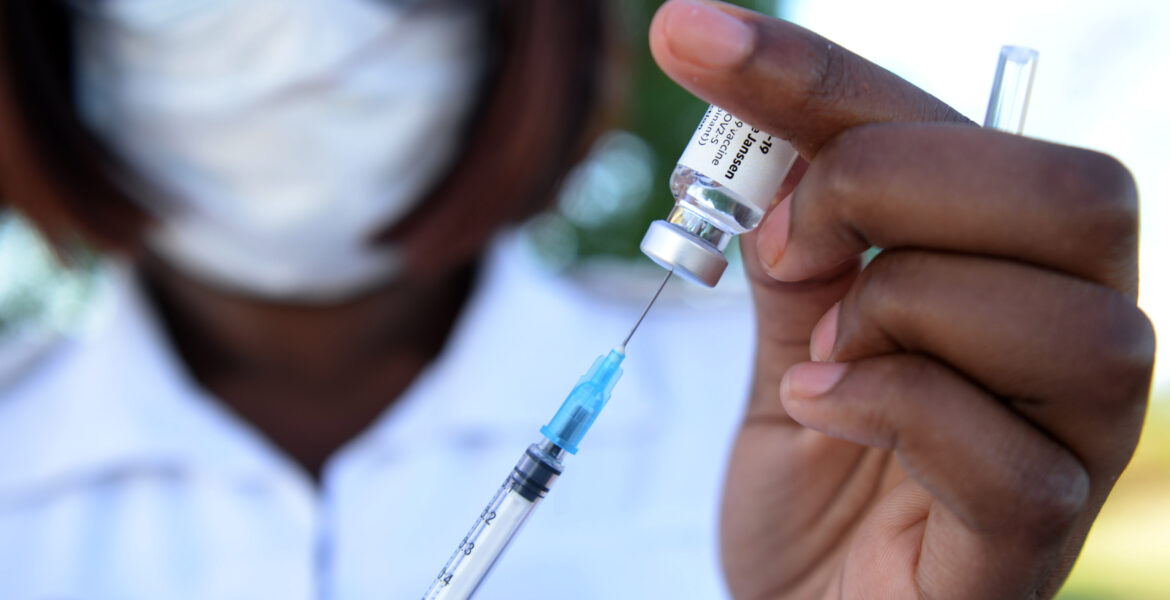Says the country was ill-prepared for the outbreak of the pandemic
SESUPO RANTSIMAKO
A recently released COVID-19 audit report on Botswana’s preparedness and response has highlighted non-adherence to World Health Organisation (WHO) recommendations in quarantine facilities.
The Auditor General, Pulane Letebele, says distribution of medical resources was way below WHO recommendations and that Botswana’s healthcare system is among the least prepared to respond to the outbreak of a pandemic.
The country failed to meet the WHO recommended 1:8 nurse/patient ratio per general medical bed and doctor/patient ratio. According to the report, Botswana’s nurse and doctor to patient ratios were stated to be 1:300 and 1:2000 respectively.
There were an estimated 6000 beds with a 60-70 percent occupancy rate nationally, out of which about 120 were critical care beds. In addition, it was observed that isolation centres did not have adequate specialist medical capacity, which was critical for handling severe cases of COVID-19.
The report says there was non-adherence to quarantine rules, enforcement and controls due to lack of monitoring while quarantined persons were not frequently reviewed to verify their health status.
The Auditor General attributed the non-adherence to WHO recommendations to lack of preparedness of the country for the outbreak of the disease. “The recommended nurse to patient ratio in a critical care setting is 1:2,” says the report.
“However, it transpired that the country was not adequately prepared for the disease outbreak in terms of medical resources. This inadequacy was further accentuated by staff shortages at designated isolation facilities. It was noted that the ratios of the nurses and doctors to patients at the isolation centres was way below those recommended by WHO.”
“The figures depicted that in five of the eight identified isolation centres, there was a need of more than 50 percent of the medical health personnel for full capacitation of the isolation centres to prepare them for optimal operation.”
Inadequacies related to availability of commodities and holding capacities of the isolation centres were also observed. In addition, while some isolation centres had no office space and changing rooms for staff, others had ablutions shared by males and females.

